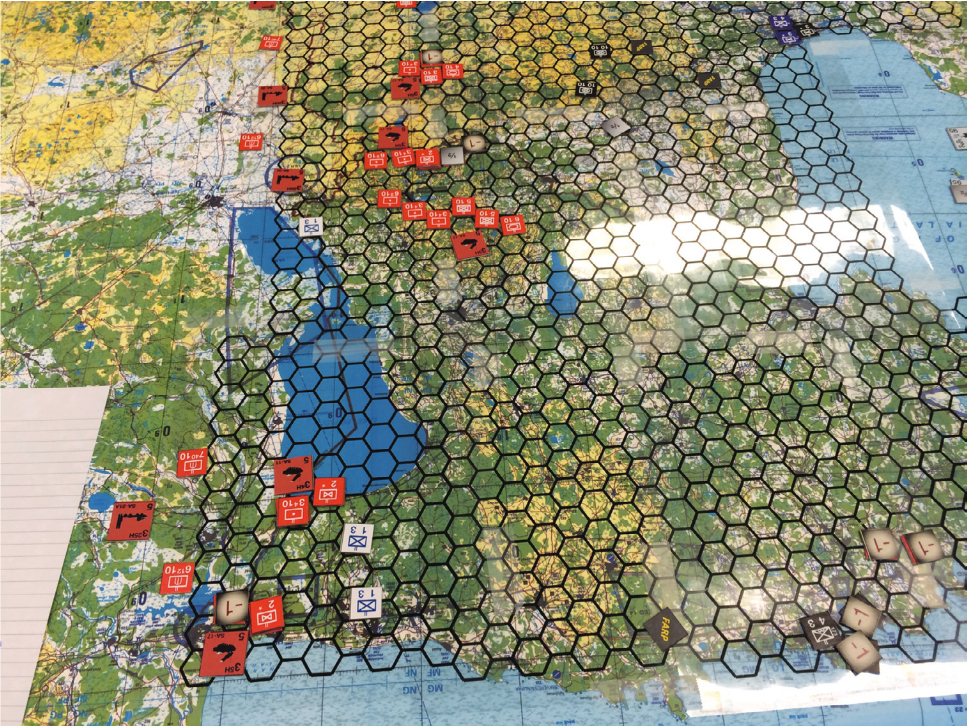This is the date that sticks in my mind. The Russian economy was pretty much in freefall in 2015 with at least a 3.7% drop. In 2016 it is estimated to drop another 1.5%. After that, it really depends on the price of oil, which the government of Russia has a hard time controlling.
If in 2017 the price of oil has not risen above $50 a barrel, then expect the Russian economy to continue to contract. Even if there is a bump in oil prices, the economy would most likely remain in the doldrums, especially with the trade sanctions that are in place. In the U.S. any incumbent coming into an election with three years of a declining economy would be out of office faster than you can say “Herbert Hoover.”
On the other hand, elections may work a little differently in Russia. Both Putin and Medvedev have been elected to office with majority vote. This has been the case for the last four elections. In 2000 Putin had 53.4% of the vote, in 2004 Putin had 71.9%, in 2008 Medvedev had 71.2% of the vote, and in 2012 Putin had 63.6% of the vote. But, in the last election, which Putin won comfortably, there were allegations in some areas of election fraud. Allies of Putin do control all four television stations and most of the press has remained timid. The Russian opposition is often organizing by internet, vice more formal structures.
In March 2018, Putin may face the first truly contested election in his career. In the last election a half-dozen significant candidates were simply ruled ineligible to run by the courts. Part of the application process was that they needed to get two million valid signatures, which was a difficult undertaking (in contrast, it only takes a $1,000 to get on the ballot in the New Hampshire presidential primary, something that was achieved by 58 people in 2016).
Will Putin still be able to win a 2018 election using current methods (control of the television stations and breaking up the opposition) or will they have to consider wide-spread voter fraud (like was done in Georgia in 2003 and was done by Yanokovych in Ukraine during the 2004 election)? It is doubtful that Putin would choose to loose the election and step down. To date, no one in power in Russia has lost an election, and this is the case in several other countries that made up the former Soviet Union. Furthermore, there are the pesky corruption problems among many in high levels in the government. The last thing they need is a hostile regime in power who may choose to vigorously investigate. There does seem to be a tradition that the losers of elections are investigated for corruption. This includes Timoshenko in Ukraine in 2010 (who was jailed but is now released), Yanokovych in 2014 (who decamped to Russia), and Saakashvili of Georgia in 2014 (who decamped to Ukraine). These prosecutions were often with cause.
So, it appears that most people are expecting Putin to win the election regardless. It really depends on how sketchy winning the election “regardless” becomes. Will it be outrageous enough that there is another color revolution (as in the Orange Revolution in Ukraine in 2004 that thwarted Yanokovych the first time). This is the question. We have seen people power in Georgia throw out the regime of Sheverdnadze (Gorbachev’s old foreign minister) in November 2003 with the Rose Revolution. We have seen people power in Ukraine twice take on the Russian backed Yanokovych (thwarted in the 2004 Orange Revolution and thrown out of power in 2014). Is this possible in Moscow in 2018?
It was people power that helped halt the coup in August 1991 as Yeltsin stood in Red Square. This directly led to the end of the Soviet Union. These things are hard to predict and they often quickly take on a life of their own. Yanokovych was legitimately elected to be president of Ukraine in February 2010. Protests started against his rule in November 2013 and he was out of office and left the country in February 2014. Similarly, Gorbachev became the head of the Soviet Union in 1985. The hardline coup against rule occurred in August 1991 and the Soviet Union was dissolved in December 1991. Not sure many “Sovietologists” in July 1991 expected the Soviet Union to cease to exist by the end of the year.


![Photo By United States Mint, Smithsonian Institution [Public domain or Public domain], via Wikimedia Commons](https://dupuyinstitute.dreamhosters.com/wp-content/uploads/2016/02/1804_dollar_type_I_obverse.jpeg.jpeg)
![DOCTOR ZHIVAGO...Title: DOCTOR ZHIVAGO Year: 1965 Dir: LEAN, DAVID Ref: DOC037IF Credit: [ MGM / THE KOBAL COLLECTION ]](https://dupuyinstitute.dreamhosters.com/wp-content/uploads/2016/02/zhivago-5.jpg)
